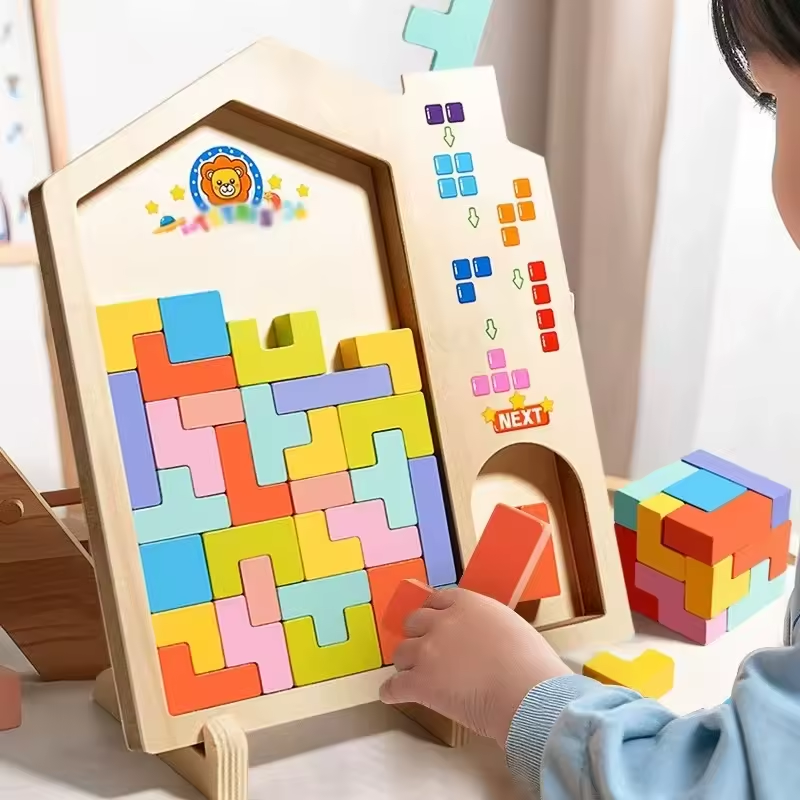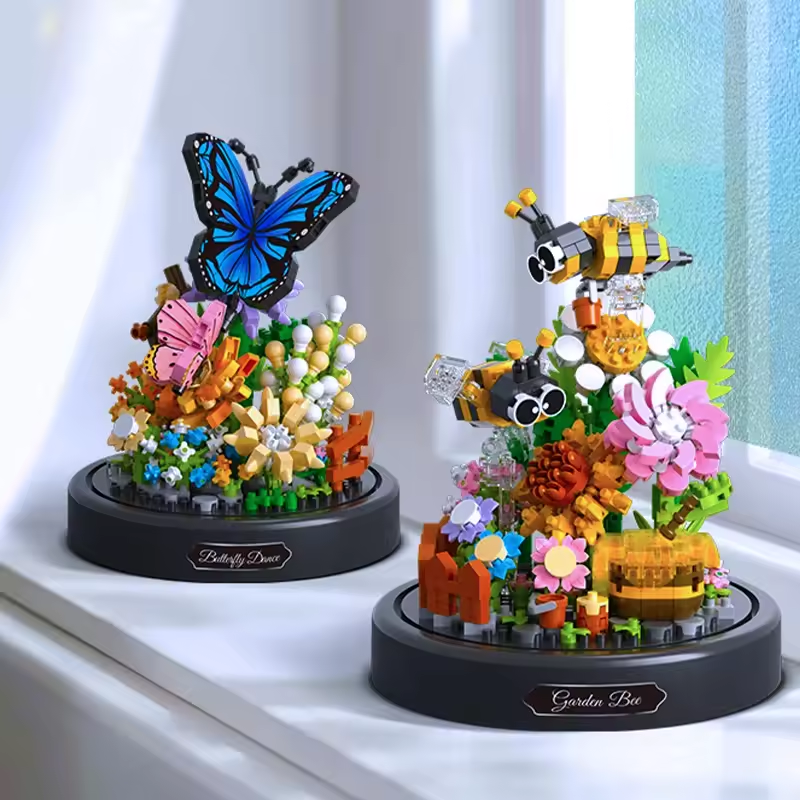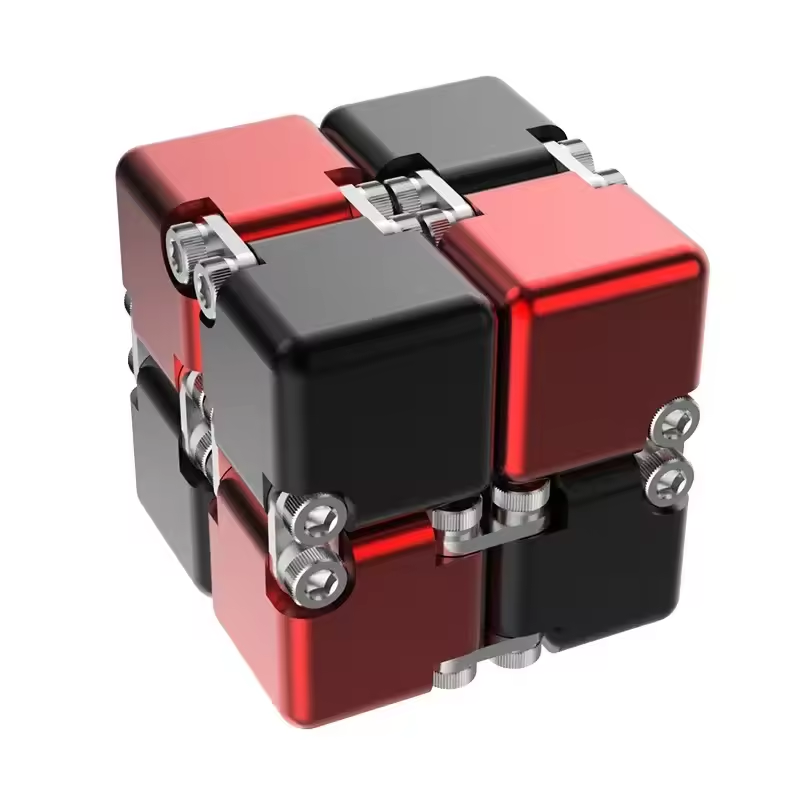Board games are more than just dice rolls and strategic maneuvers. They’re immersive experiences, transporting players to fantastical worlds or challenging them with intricate puzzles. A crucial element in creating this immersive experience is the board game layout – the visual landscape that guides gameplay and fuels imagination. This article explores the art of layout design in board games, delving into its impact on gameplay, aesthetics, and overall player experience.
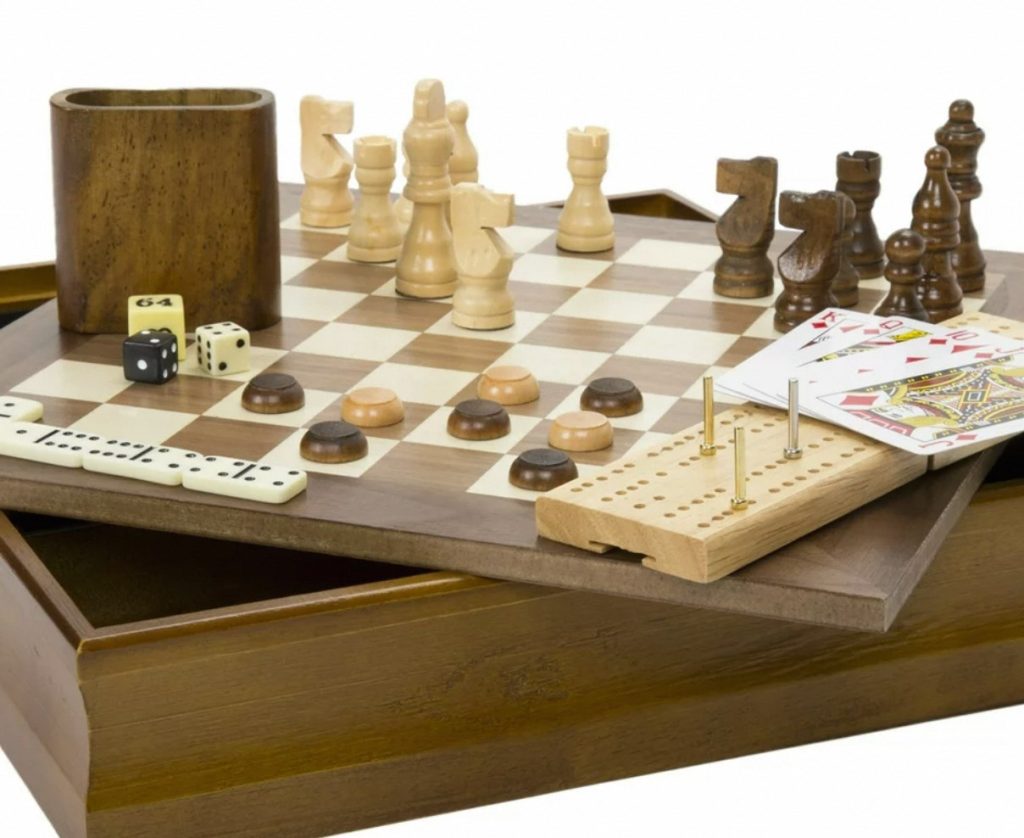
Part 1: Guiding Gameplay: Layout as a Functional Tool
1. Structuring the Journey: Layout as a Roadmap
The layout of a board game serves as a roadmap, guiding players through the game’s mechanics. Movement spaces, action areas, and resource locations are all meticulously placed to create a clear flow and progression within the game. This clarity ensures players understand their options and can effectively strategize their moves.
2. Balancing Challenge and Reward: Creating Strategic Depth
A well-designed layout is an essential element that can introduce strategic depth to a board game. Through strategic positioning of obstacles, shortcuts, and resource-rich areas, the layout prompts players to assess the board, weigh risks, and adjust their strategies accordingly. This approach encourages players to think critically and strategically, fostering a dynamic and engaging gameplay experience that goes beyond simple chance or luck. The layout becomes an integral part of the game design, adding layers of complexity and depth that challenge players to make tactical decisions, anticipate their opponents’ moves, and adapt to changing conditions on the board. This strategic analysis and adaptability lead to a richer and more immersive gaming experience, as players not only interact with the game components but also engage with the spatial relationships and potential opportunities presented by the layout.

Part 2: Appealing to the Senses: Aesthetics and Immersion
1. Visual Storytelling: Artwork and Layout Working Together
Beyond functionality, the layout of a board game plays a vital role in creating an immersive atmosphere. The artwork, graphic design, and overall aesthetics of the layout should complement the game’s theme and narrative. A vibrant fantasy board with detailed landscapes and mythical creatures transports players to another world, while a minimalist abstract layout with clean lines and geometric shapes creates a sense of elegance and intellectual challenge.
2. A Feast for the Eyes: Enhancing Player Engagement
A visually appealing layout plays a significant role in enhancing player engagement during a board game. Bold and vibrant colors, captivating illustrations, and a well-organized layout can effectively captivate and maintain players’ visual interest throughout the gaming experience. The attractive visual elements not only contribute to the aesthetic appeal of the game but also serve to keep players visually stimulated and immersed in the game’s atmosphere. As a result, players are more likely to remain engaged and focused, which can ultimately enrich the overall gaming experience. Furthermore, a visually appealing layout can encourage deeper focus and strategic thinking among players, as it provides a visually stimulating and aesthetically pleasing backdrop for gameplay. By creating a visually dynamic and immersive environment, the layout becomes an integral part of the gaming experience, enhancing the overall enjoyment and fostering a deeper level of engagement and strategic immersion for all participants.
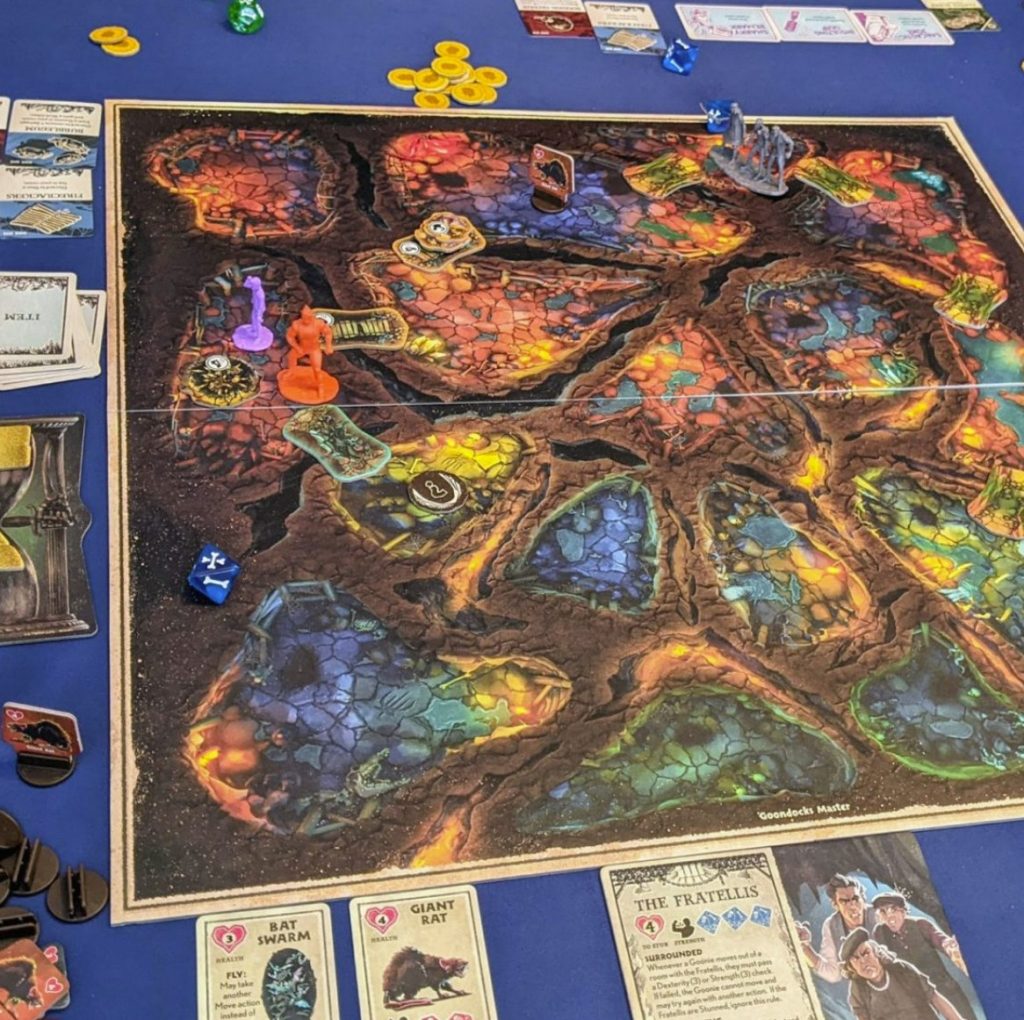
Part 3: Thematic Cohesion: When Layout Becomes Narrative
1. Theming Beyond Mechanics: Layout Reflecting the Narrative
The best board game layouts transcend simple decoration. They become an extension of the game’s theme, weaving a seamless narrative tapestry that draws players deeper into the experience. Imagine a pirate adventure board game. The layout wouldn’t just be a flat board; it would transform into a weathered treasure map. Lush, tropical islands would beckon exploration, while swirling currents and jagged rocks would mark treacherous waters. Hidden coves, marked with faint X’s, would whisper promises of buried riches. This thematic cohesion isn’t just about aesthetics; it strengthens the game’s immersive qualities. Players aren’t just moving tokens across a board; they’re charting a course through a perilous yet thrilling pirate world. The layout becomes a tangible part of the story, fueling players’ imaginations and heightening their sense of adventure.
2. A Sense of Place: Creating a Believable World
A well-designed layout serves as the foundation for creating a strong sense of place within the game world. The layout of a board game set in a bustling city might depict lively markets, towering buildings, and winding alleyways. This detailed layout offers players a vivid and immersive representation of the city. Players can feel like they are inhabiting the game world as they navigate the intricate layout. They can visualize themselves interacting with the various elements of the city. The meticulously designed layout adds visual appeal and fosters a deeper sense of immersion. This enriches the overall gaming experience by bringing the game world to life.

Part 4: Beyond the Board: The Art of Design Collaboration
1. A Collaborative Effort: Layout as a Product of Teamwork
The creation of a compelling board game layout is a collaborative process that involves the expertise of various professionals working in tandem. Game designers, graphic designers, and artists collaborate closely to ensure that the layout effectively translates the game’s mechanics, theme, and narrative into a visually engaging format. Game designers focus on ensuring that the layout complements the gameplay, enhances strategic elements, and effectively communicates the game’s rules and objectives. On the other hand, graphic designers and artists bring their creativity to the table, incorporating visually captivating elements, thematic coherence, and aesthetic appeal into the layout. This collaborative effort is essential for crafting an immersive and aesthetically pleasing game experience that resonates with players.
2. Evolving with the Game: Layout Refinement Throughout Development
The board game layout doesn’t emerge fully formed from the start. Throughout the game’s development process, the layout is continually revised and refined based on playtesting and feedback. This ensures the layout achieves its intended purpose – to guide gameplay, enhance aesthetics, and ultimately lead to a truly enjoyable player experience.

In conclusion, the layout of a board game is an often-overlooked element that plays a crucial role in its success. Beyond mere functionality, a well-designed layout can elevate a game from a set of rules to an immersive and visually captivating experience. By strategically guiding gameplay, appealing to the senses, and creating a strong thematic connection, the layout of a board game becomes an art form in itself, contributing significantly to the magic of this timeless form of entertainment.
